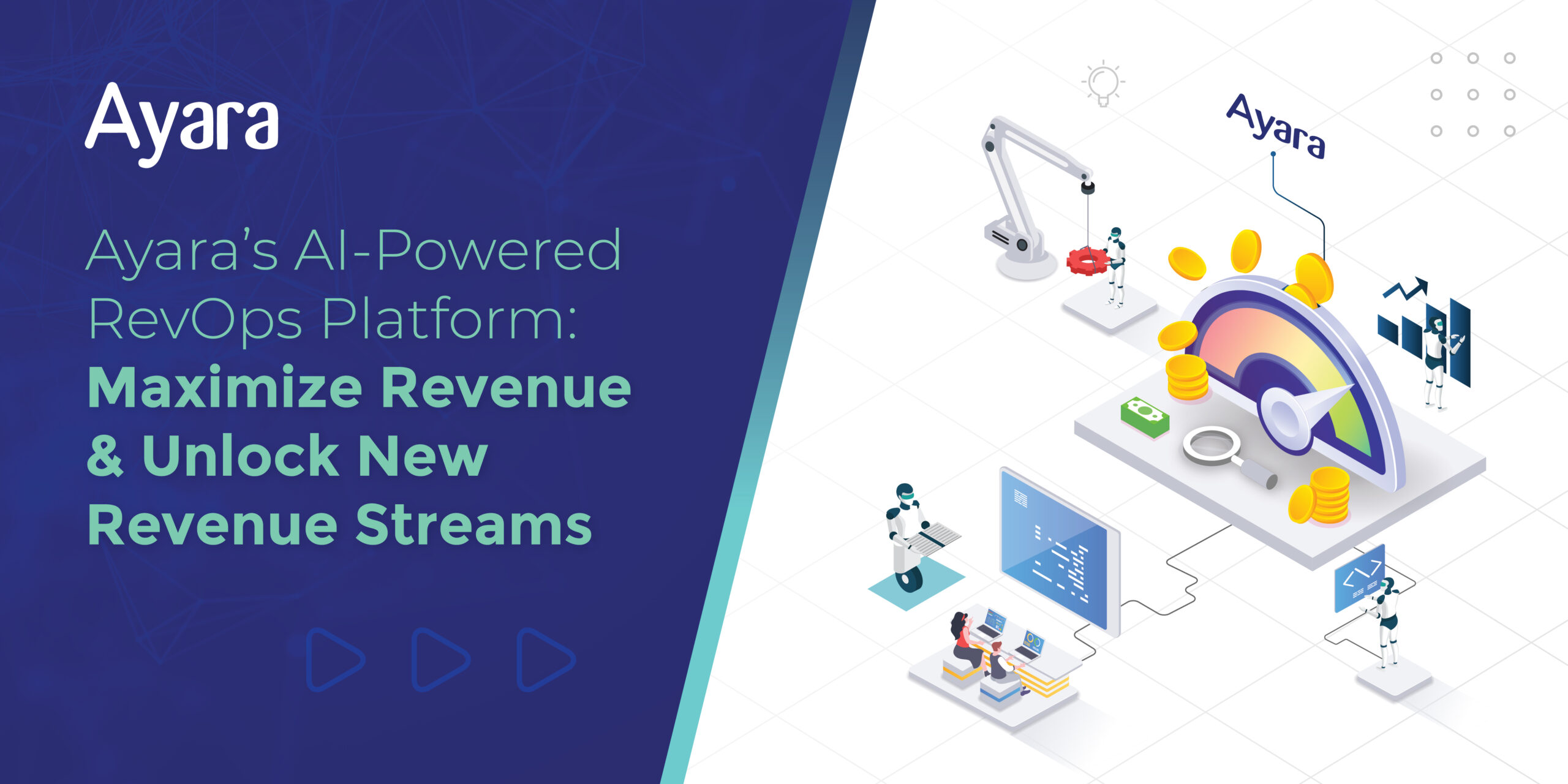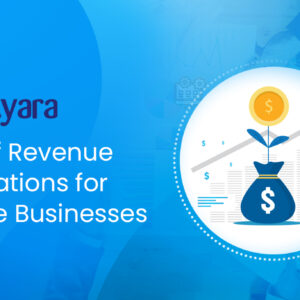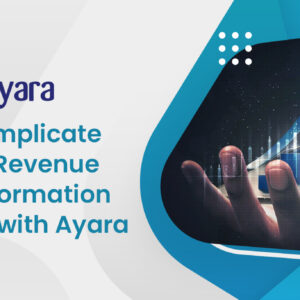
From January 2018, companies in the US have to report their revenue according to the new Accounting Standards Codification (ASC) 606. The new standard is the joint effort of the Financial Accounting Standards Board (FASB) and the International Accounting Standards Board (IASB). US companies will follow the ASC 606 standard issued by FASB while companies outside of the US will follow the International Financial Reporting Standards (IFRS) 15 issued by IASB. Both ASC 606 and IFRS 15 have the same revenue recognition framework that will enable large multi-national organizations and SME businesses to report revenue consistently.
Many factors influenced the introduction of the new revenue standard which will standardize the revenue reporting across the world. The three key drawbacks in the current standard are:

The current revenue standard is complex to interpret and implement as there are a couple hundreds of pieces of literature that contributed to the standard. The old standard (ASC 605) focuses on a few industries and transactions, but there is no guidance on revenue recognition for other industries. This gap in the standard makes revenue recognition requirements inconsistent across industries and transactions. This will make it difficult to compare revenue between similar industries or across industries.
The old FASB and IFRS standards for revenue recognition are not consistent, which made revenue reporting difficult for global organizations. Because of the difference in the old standards, it is not possible to compare the revenue of a US company and a non-US company from the same industry. The new revenue standard (ASC 606 / IFRS 15) will eliminate the differences in the standards, provide a robust framework for revenue recognition, and simplify the reporting requirements.
The new revenue standard is an opportunity for the companies to relook at their current revenue recognition business process and re-engineer it to drive operational and financial efficiencies. The process will also enable them to comply with the legal reporting requirements. Organizations should consider a cloud-based revenue recognition solution like Ayara that provides end to end solutions for the ASC 606 implementation. Ayara is easy to implement and offers flexibility to make quick improvements over a period as companies refine their business process to implement the new standard.






